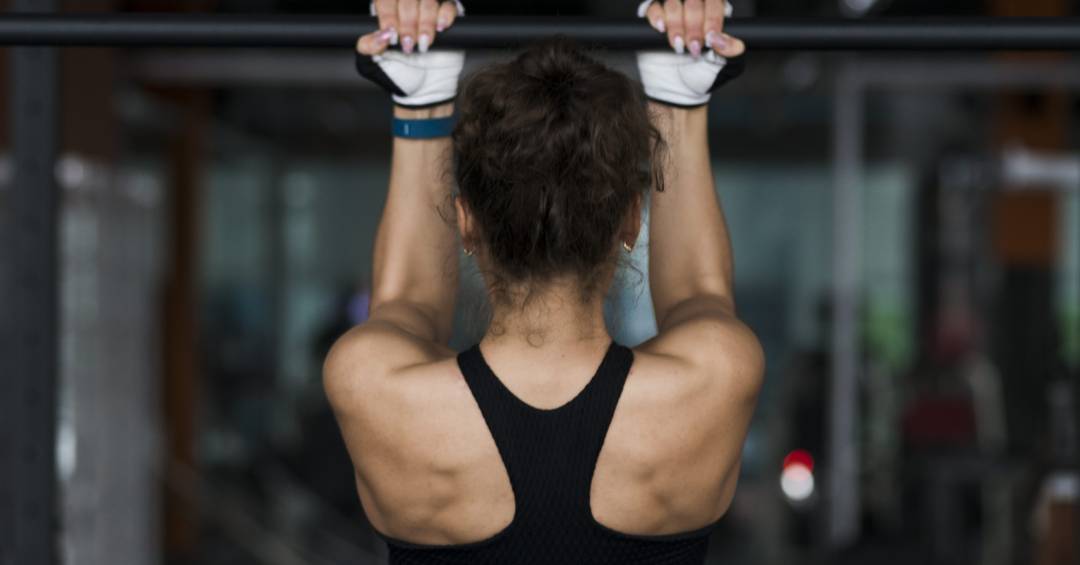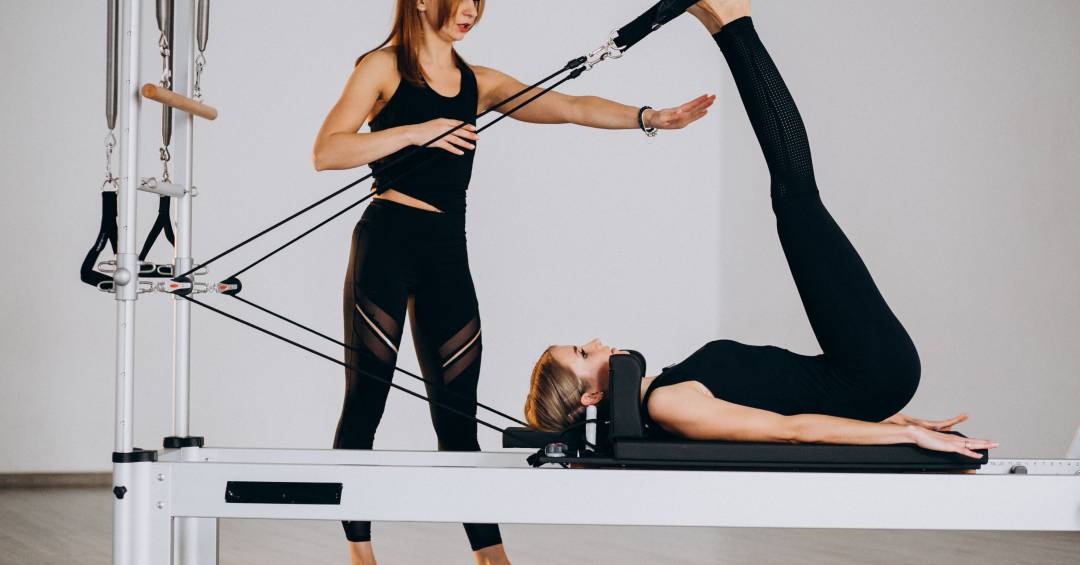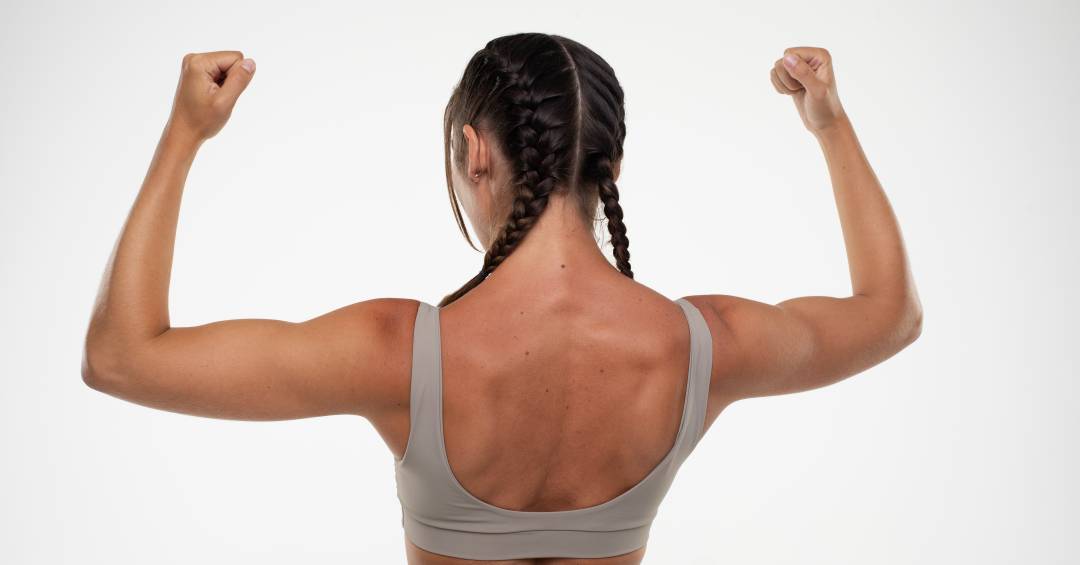

A fixed bar It's a classic for a reason: Bodyweight exercise offers benefits like strengthening your entire upper body, improving posture, and working your core. But like most exercises that have great potential to improve your fitness, the pull-up is also one of the most difficult movements to perform without help.
According to personal trainer Rae Reichlin to Shape, the chin-up requires you to lift your entire body weight with just your upper body. And although you use a lot of muscles in your arms, shoulders, and back, your lower body and torso make up a large portion of your body weight. Therefore, in addition to lifting all your weight, you still need to resist the forces of gravity in the movement.
The good news is that if you haven't yet mastered this exercise, you can start training with alternative options that target the same muscle groups until you are strong enough for the chin-up. Below, you can see what they are.
Alternative exercises for doing chin-ups
How you use these exercises to get to chin-ups depends on how many times you train per week and whether you are following a specific training split. So, if your routine is four days a week, use these push-up exercises as a standalone back and biceps workout. If you train three days a week or less and do mostly full-body exercises, include at least three or four of these exercises in your training during the week. In either scenario, try to do 3 sets of 8 to 12 reps per exercise.
1
Push-ups with seated TRX
Why it works: By starting sitting on the floor, you reduce the load on your upper body. Make sure you don't use your legs to lift yourself up. Instead, focus on using just your upper body.
- Sit facing the TRX with the straps adjusted so that your arms are fully extended while on the floor, with your legs bent at a 45-degree angle and your heels on the floor. Hold the handles with your palms facing each other.
- Keeping your back straight and your core contracted, use a pulling movement to lift your torso upwards from the floor until your hands reach your chest.
- Slowly and with control, extend your arms until your buttocks touch the floor again.
2
Suspended scapular retraction
Why it works: Scapular retractions may be subtle, but they have big rewards as it's the first movement you'll make in an actual push-up, so isolating and practicing this exercise is a functional and specific part of the training.
- Start in a fully hanging position from a bar, with arms slightly wider than shoulder-width apart, palms facing outward in an overhand grip.
- Squeeze your shoulder blades back and down without moving any other part of your body. This movement will slightly lift your body towards the fixed bar. Hold for one breath.
- Slowly and with control, relax the region forward and upward to return to the starting position.
3
High pull on the machine
Why it works: The lats are a key muscle group in developing push-ups, and the pull-up allows you to scale the movement while seated. If you don't have access to a machine, drape a resistance band with handles over a bar and use it (in a kneeling or seated position).
- Sit facing the machine. If necessary, adjust the seat height to allow your knees to bend 90 degrees while keeping your feet flat on the floor.
- Extend your arms to reach your head and grip the bar with your hands slightly wider than shoulder-width apart, palms facing away from you. This is the starting position.
- Lean your torso back slightly and pull the bar toward your chest (just below your collarbone) as you exhale. Think about pulling your elbows and shoulder blades down and back as you pull the bar.
- Slowly return the bar by lifting and extending your arms above your head and abducting your shoulders as you inhale.
4
Eccentric fixed bar
Why it works: Even if you can't stand up yet, you'll probably be able to lower yourself from the push-up position. “Eccentric”, in this pull-up alternative, means a movement that lengthens the muscle fibers (instead of contracting them, as would be done when pulling the body to the bar). By focusing on this part of the exercise, you will build the muscles needed to perform the opposite movement.
- Get on a box, bench or chair placed under the bar. Hold the bar with your palms facing you and shoulder-width apart.
- Using the box for support, jump into a chin-up position with your chin over the bar, biceps fully contracted, and elbows bent to the sides.
- Hold your breath and slowly and with control lower yourself toward the floor, fully extending both arms.
- Return to the box and repeat.
5
Chin-up with elastic
Why it works: The resistance band supports some of your body weight, allowing you to practice the movement without having to lift as much. Plus, mimicking the push-up exercise and practicing the movement builds confidence as you get closer and closer to your goal.
- Attach a long resistance band over a bar by wrapping the band over the bar and pulling one end through the other. Using a box, bench, or chair as a platform, step onto the bottom of the band with one foot. Hold the bar with your palms facing you and shoulder-width apart.
- Contract your lats, shoulder blades down and back, and tighten your core. Squeeze your biceps to pull your body up until your chin passes over the hanging bar.
- Hold your breath, then slowly and with control lower your body toward the floor, fully extending your arms.

